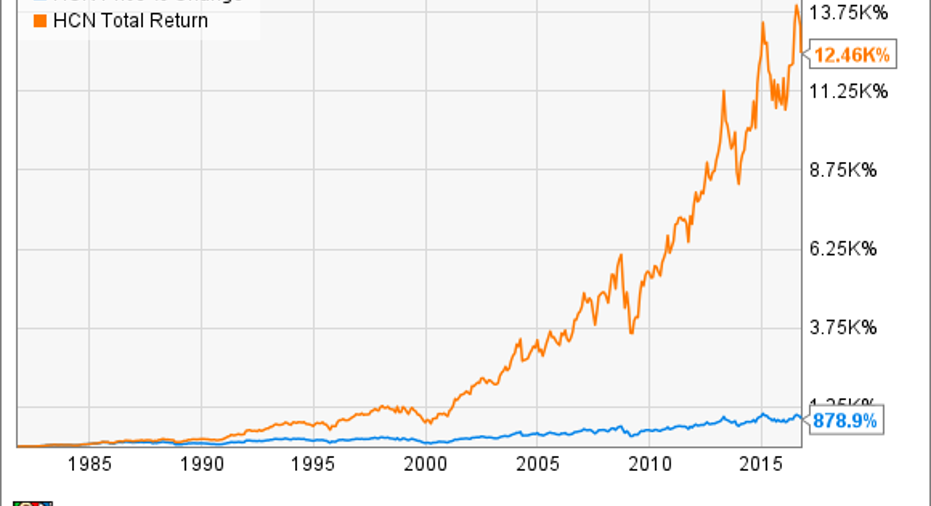How a Dividend Reinvestment Plan Can Work for You

Image source: Getty Images.
A dividend reinvestment plan, or DRIP, is a program that allows you to automatically use dividends to purchase additional shares of stock. Dividend reinvestment plans have several financial advantages, so here's a quick guide to DRIPs and how to find companies that offer them.
How a dividend reinvestment plan works
As the name implies, a dividend reinvestment plan is designed to help investors reinvest the dividends they receive into additional shares of stock. Many individual companies allow investors to set up dividend reinvestment plans directly, but the easiest way to go is to enroll all of your stocks in a DRIP through your broker. Generally, this can be done online, and shouldn't take more than a few minutes.
Basically, when a company pays a dividend, if an investor is enrolled in a dividend reinvestment plan, either through their brokerage or directly through the company, that money is immediately used to buy additional shares of the company's stock at the current market price.
For example, let's say that I own 100 shares of a stock that currently trades for $50. If that stock pays a $1.00 dividend, I would be entitled to a payment of $100. With a DRIP, instead of this money showing up as cash in my brokerage account, it would be used to buy two additional shares at $50. So, I would now own 102 shares of the stock.
Advantages of a DRIP
There are a few good reasons to use a dividend reinvestment plan. For starters, it lets you put your dividend income to work immediately. In fact, the money never even shows up in your account it buys additional shares as soon as the dividend is paid.
Another big advantage of DRIP enrollment is that it saves you money on trading commissions. If a stock pays a dividend four times a year, you could normally expect to pay about $40 in commissions to use each of those dividends to buy more shares of stock. A DRIP eliminates this expense.
Finally, a DRIP allows you to own partial shares of stock, thereby allowing you to invest 100% of your dividend income. This is an especially important benefit if you don't have a huge position in a stock. For example, if a stock is trading for $60 per share and you receive a $50 dividend payment for your holdings, a DRIP will let you buy 0.83 shares of that stock, when you otherwise wouldn't be able to buy any.
Possible drawbacks
To be clear, I believe that the advantages of using a dividend reinvestment plan greatly outweigh the drawbacks, but no discussion would be complete without the pros and cons.
For one thing, a DRIP doesn't give you any control over your purchase price. As an example, if you own shares a company and you think they're getting a little too expensive, your DRIP-enrolled dividends will still be used to buy those shares. Of course, the principles of dollar-cost averaging come into play, which mathematically favor your average share price over the long term.
Also, even though you aren't actually receiving cash dividends, reinvested dividends still count for tax purposes. Most dividends that get reinvested are "qualified" dividends, meaning that they qualify for a more favorable tax rate, but be aware that any DRIP-enrolled stocks held in taxable brokerage accounts still result in taxable dividend income.
Why it's so important
To illustrate this, let's take a look at Welltower (NYSE: HCN), one of my favorite dividend stocks from my own portfolio. Consider these two hypothetical scenarios:
- You invested $10,000 in Welltower 35 years ago in 1981. You choose to have your dividends paid in cash, in order to allow money to accumulate in your account.
- You made the same $10,000 investment in Welltower in 1981, but enroll your shares in a dividend reinvestment plan.
In the first scenario, your $10,000 investment would have grown to about $97,900, a return of 877%. In addition, you would have received about $88,000 in dividends along the way, for a total of $189,700. This is an annualized return of about 8.5% -- not too bad at all. Plus, your shares would be generating more than $4,800 in annual income now.
However, the difference between the first and second scenario may shock you. If, instead of receiving the dividends in cash, you reinvested them all, your investment would have ballooned to about $1.25 million, an annualized return of 14.8%. Not only that, but your shares would now be generating more than $61,000 in annual income. That's why dividend reinvestment is so important.
The bottom line on DRIPs
To sum it up, as long as you don't need the dividends paid by your stocks for current income and you still have a positive long-term outlook on your stocks, there's no reason not to enroll the stocks you own in a DRIP. The whole point of long-term investing is to allow your gains to compound over time, and a DRIP allows you to put 100% of your dividends to work for you.
The $15,834 Social Security bonus most retirees completely overlook If you're like most Americans, you're a few years (or more) behind on your retirement savings. But a handful of little-known "Social Security secrets" could help ensure a boost in your retirement income. For example: one easy trick could pay you as much as $15,834 more... each year! Once you learn how to maximize your Social Security benefits, we think you could retire confidently with the peace of mind we're all after.Simply click here to discover how to learn more about these strategies.
Matthew Frankel owns shares of Welltower. The Motley Fool recommends Welltower. Try any of our Foolish newsletter services free for 30 days. We Fools may not all hold the same opinions, but we all believe that considering a diverse range of insights makes us better investors. The Motley Fool has a disclosure policy.